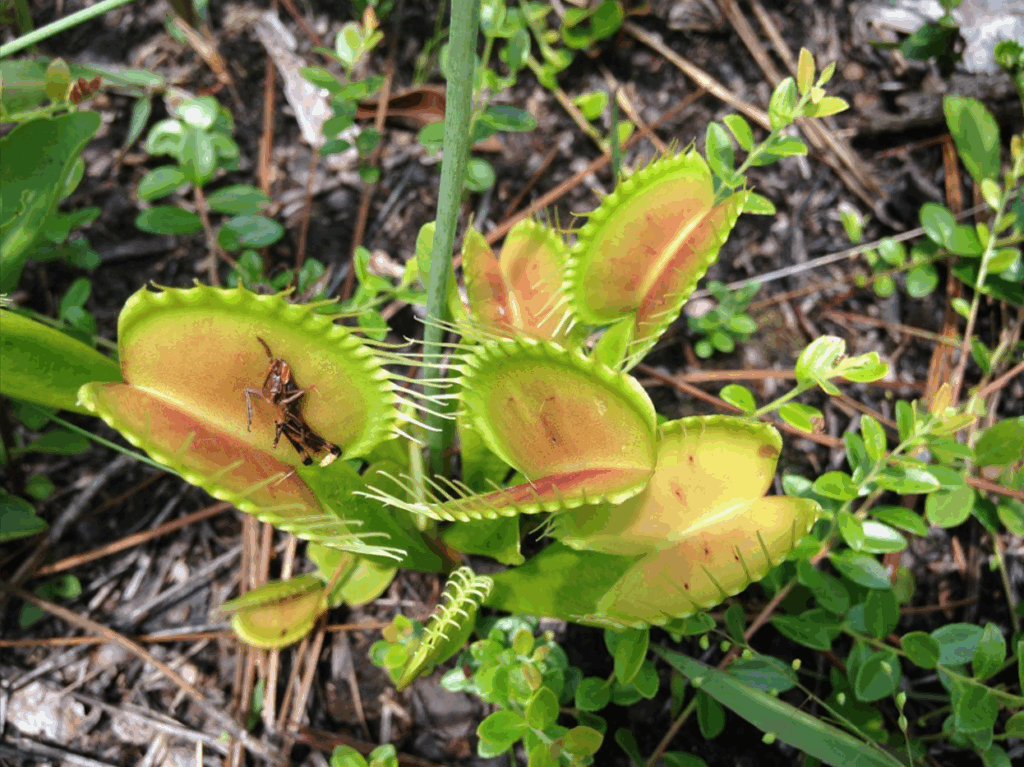Movement is the oldest story in nature, and still one of the most surprising. From a worm’s silent squeeze through soil to a frog’s explosive launch, every creature solves the same problem – how to get from here to there – with wildly different physics. Biologists, engineers, and even sports scientists are decoding these motions to reveal hidden rules shared across scales and species. The mystery is that no single strategy wins everywhere; each landscape demands its own clever trick. Understanding those tricks doesn’t just satisfy curiosity – it’s reshaping robots, informing conservation, and changing how we design our cities and tools.
The Hidden Clues
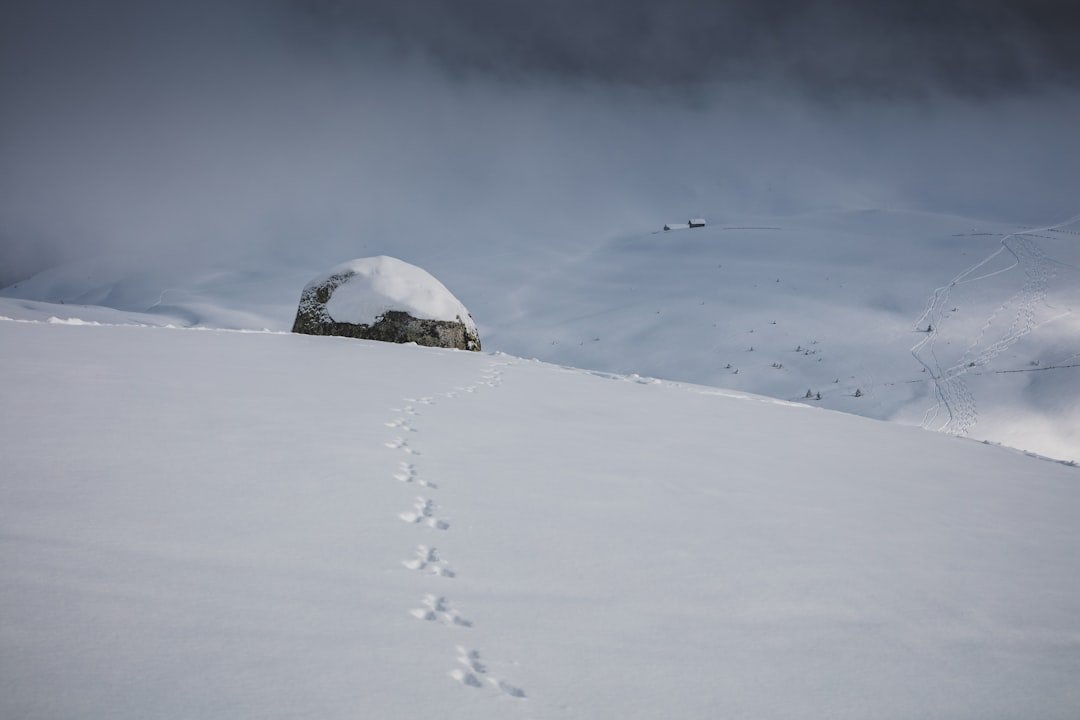
What if the ground beneath your feet is a notebook filled with movement? Trackways in sand, ripple patterns in ponds, and faint scuffs on tree bark record the choreography of animals we rarely see. Worms leave subsurface tunnels that twist like cursive, mapping their peristaltic pulses. Frogs imprint takeoff angles that hint at how they store and release elastic energy. Look closely and you can read a field site the way a historian reads archives.
I once watched a morning beach reveal a story in four lines: a shorebird’s quick stitches, a crab’s sideways trails, a lizard’s tail-drag, and a snake’s smooth cursive. Each line carried a different physics – impact, drag, friction, and undulation – layered into one canvas. Those clues are the starting point for modern science, which now pairs footprints and water swirls with high-speed cameras and sensors to make the invisible visible.
From Ancient Tools to Modern Science
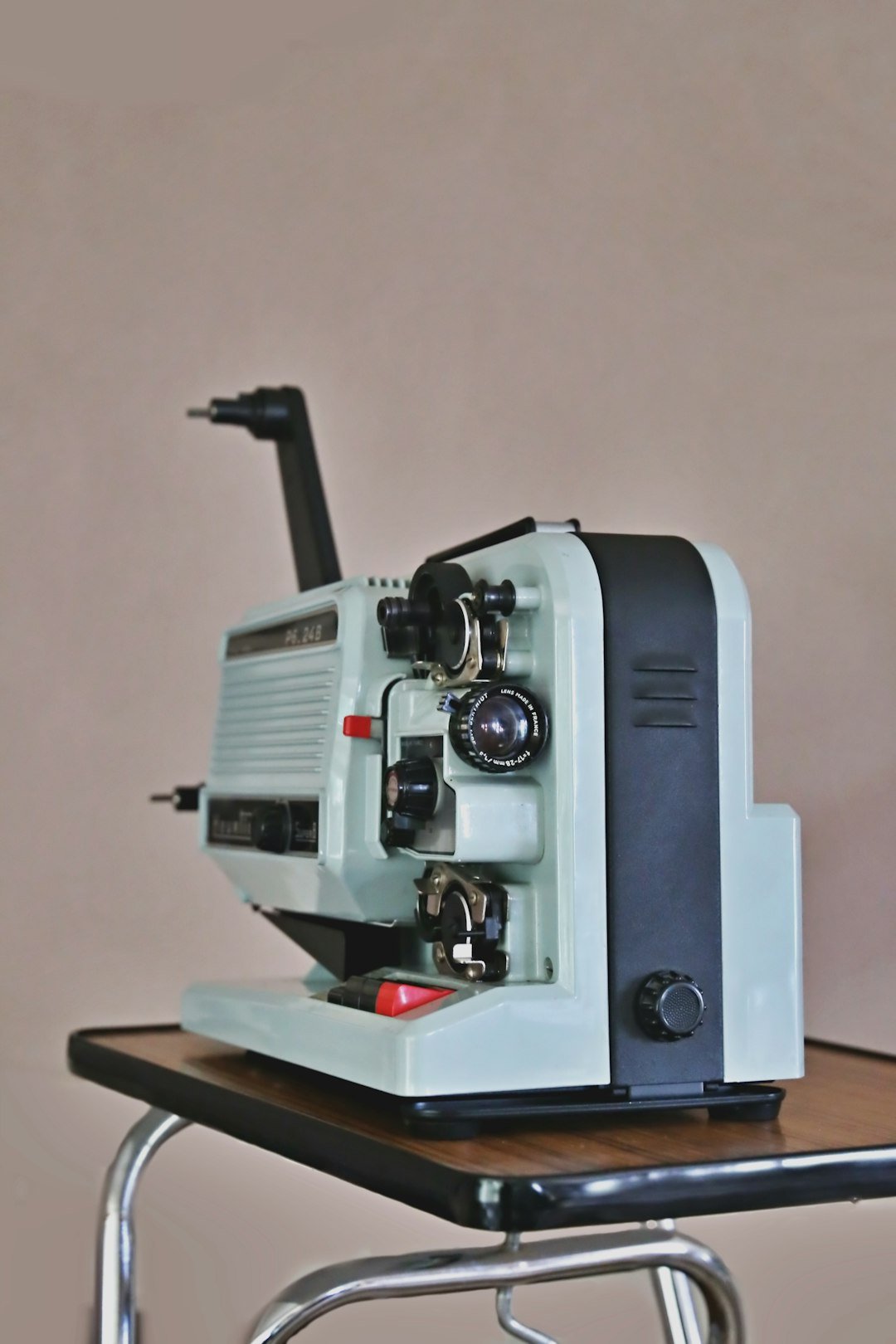
Early motion studies relied on careful eyes, sketchbooks, and patience; today’s experiments add X-rays, drones, and computer vision. High-speed imaging freezes wingbeats and frog launches, revealing milliseconds where tendons stretch and snap like tiny slingshots. Lightweight sensors tucked into harnesses or glued to shells track acceleration, orientation, and muscle activity without caging the behavior. In wind tunnels and flow tanks, smoke and dye trace the eddies that push fish forward and keep insects aloft. The result is a data-rich picture of movement that blends physics and physiology.
Computational models then test ideas that fieldwork can’t easily isolate, swapping limb lengths, tendon stiffness, or body density to see what improves performance. When simulations and real animals agree, confidence rises that we’ve found a rule, not a coincidence. And when they disagree, scientists go back to the mud, the marsh, and the reef – because the best theories still answer to the world outside the lab.
Leaps, Springs, and Stored Energy
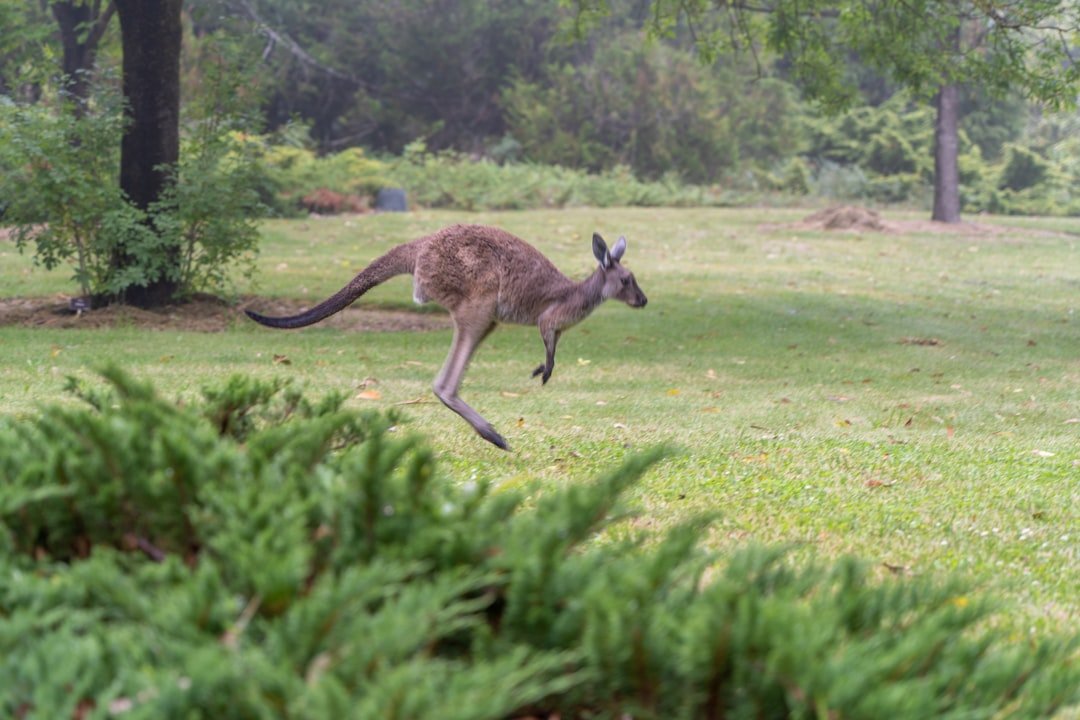
Frogs, grasshoppers, and many jumping spiders rely on elastic power: muscles load springy tissues, then release that energy faster than muscle alone could contract. In frogs, tendons stretch before takeoff, converting a slow squeeze into a blistering launch. Kangaroos lean on long, springy legs to recycle energy with each hop, turning the outback into a natural trampoline. Even small jumpers like fleas exploit resilient proteins that store and unleash energy in a controlled burst. The physics is simple but profound – store slowly, release quickly, fly farther.
Big cats play a related game at high speed, using flexible spines to lengthen strides and keep paws on the ground just long enough for traction. On the other end of the spectrum, tiny ants coordinate legs like a micro-stadium wave, turning chaos into crisp acceleration. The common thread is timing: when muscle, spring, and ground contact line up, animals punch above their size, covering ground with surprising efficiency.
Swimming the Invisible Highways
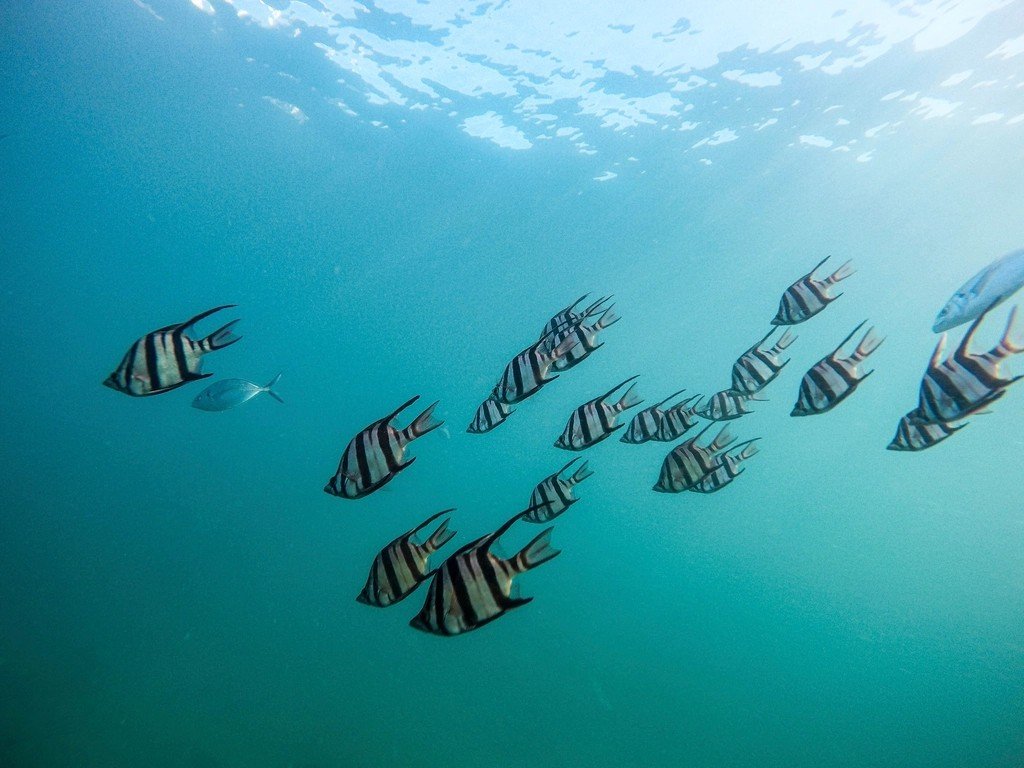
Water looks uniform to us, but fish and marine mammals treat it like a road network of swirling lanes. A tail flick plants a vortex that the next flick can push against, creating a ladder of tiny whirlpools that add thrust. Schools arrange themselves to ride one another’s wakes, saving energy the way cyclists draft. Jellyfish pulse in efficient loops that recapture flow on the rebound, making each squeeze count twice. Even seagrass beds and coral shapes guide currents that sea creatures learn to surf.
Some swimmers borrow water itself as a tool, jetting like miniature rockets by pushing fluid backward. Others, like eels, send waves down their bodies, trading limbs for smooth, low-gear torque that slips through weeds and crevices. On a desert field trip, I watched a sandfish lizard dive beneath the surface and swim through grains like a fish through waves, reminding me that fluids can be made of air, water, or even sand – if you know how to move them.
Rolling, Flying, and the Physics in Between
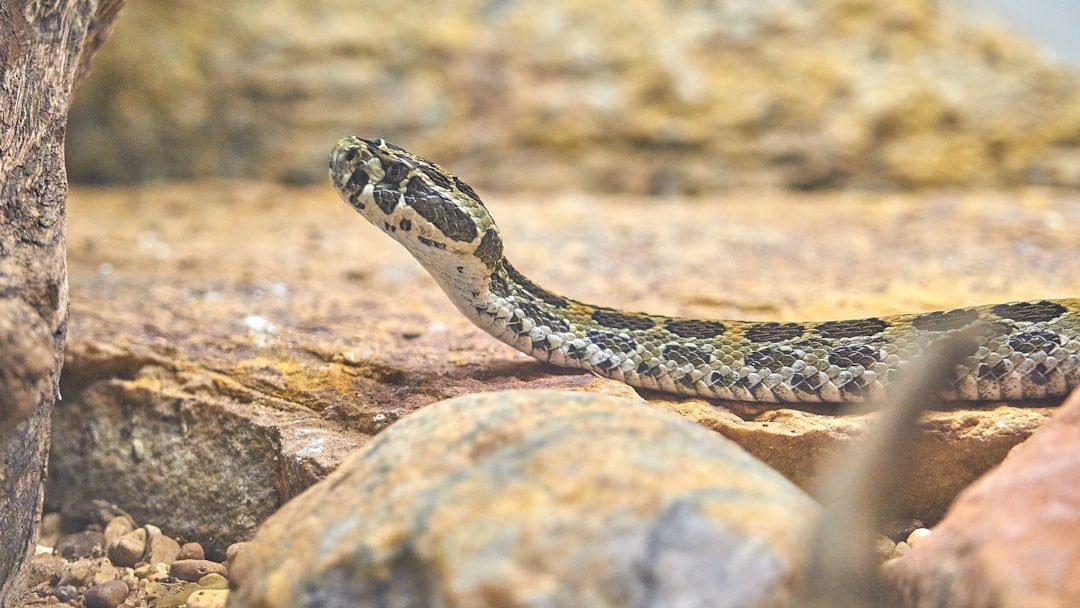
Snakes sidestep hot dunes with a move called sidewinding, lifting segments to reduce friction while keeping momentum. Certain caterpillars escape danger by coiling into a wheel and rolling downhill, swapping legs for a one-time tumble toward safety. A few desert spiders sprint into cartwheels to outrun threats, turning their own bodies into tumbleweeds with a plan. These are not party tricks; they’re careful negotiations with friction, slope, and heat. Rolling, it turns out, is a rare but potent emergency gear.
Flight layers on a new dimension – literally – with birds and bats carving pressure differences that keep them airborne. Large ocean birds ride wind gradients with almost no flapping, while small fliers rely on sticky leading-edge vortices that cling to wings and generate lift. Gliders from squirrels to flying fish expand surface area at just the right moment, paying in distance what they save in energy. Across all of them, the message is the same: the best movers read the air or ground like musicians read a score, adjusting tempo on the fly.
Why It Matters
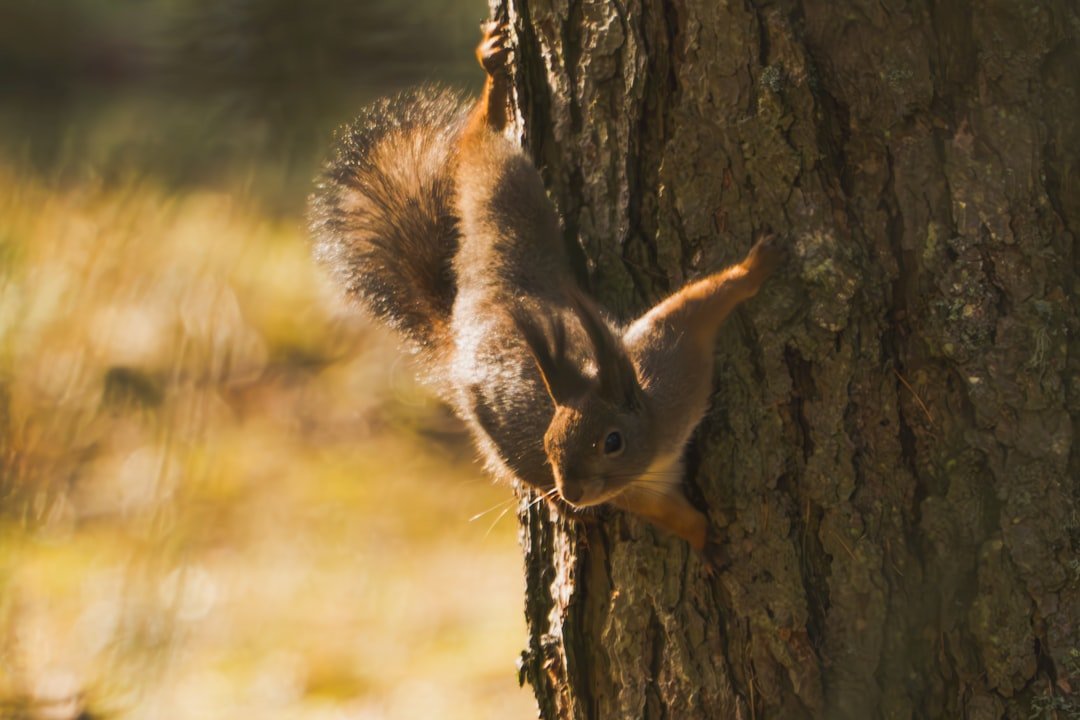
Locomotion is more than spectacle; it’s a manual for survival and a blueprint for technology. Search-and-rescue robots inspired by snakes can weave through rubble where wheels fail, while insect-like drones sample air quality in tight urban canyons. Understanding how fish harvest energy from currents informs turbine placement and fish passageways, reducing ecological harm. Insights into how animals minimize injury at landing are influencing prosthetics and athletic gear, making running and jumping safer for bodies that were not born equal. Even city planners care, because wildlife crossings work best when they match how animals actually choose to move.
Compared with past approaches that built machines to bulldoze through terrain, today’s designs borrow the animal playbook to cooperate with it. That shift – from overpowering the world to partnering with its physics – often means lighter, safer, and more efficient solutions. And for conservation, recognizing movement corridors and seasonal pathways can make the difference between thriving populations and silent forests. Motion, in short, is a language, and learning to speak it changes how we build, protect, and explore.
The Future Landscape
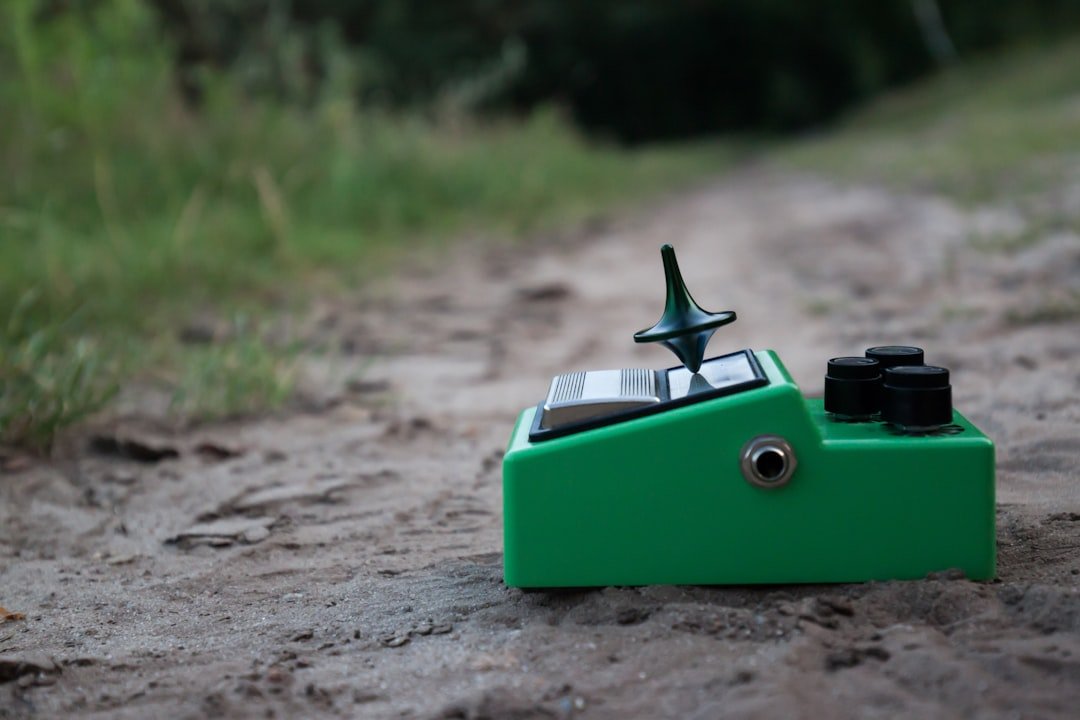
Next-generation sensors will shrink and soften, letting researchers track movement in three dimensions without hindering the animal or the data. Field robots will follow herds, schools, and flocks for months, pairing environmental readings with every stride and wingbeat. Soft materials that flex like muscle and tendon will blur the line between machine and organism, especially in cluttered habitats where rigid frames snag. Algorithms trained on vast motion libraries will spot patterns humans miss, from early signs of disease to the subtle ways migration routes shift with climate. The most promising advances will happen outdoors, where rough ground and real weather keep ideas honest.
Challenges loom: data privacy for wildlife, ethical boundaries on tagging, and the risk of designing clever tools that outpace conservation policy. Funding tends to spike after disasters, yet the best locomotion insights often come from slow, patient work. Global collaboration – sharing code, datasets, and field sites – can turn local breakthroughs into global benefits. If we get the partnerships right, the next decade won’t just explain how animals move; it will teach us how to move better through a changing world.
Conclusion
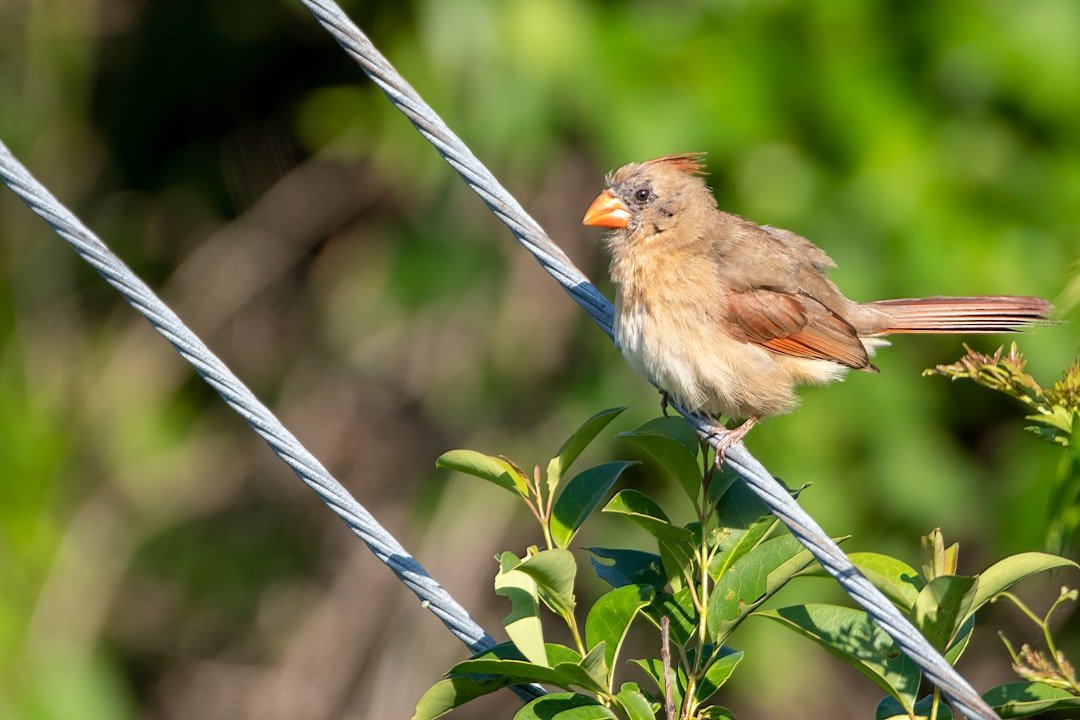
Start small by watching how creatures around you travel – city pigeons banking in street canyons, squirrels spiraling up bark, beetles vanishing into sidewalk cracks. Record what you see with a notebook or a camera, and share observations with local nature groups or citizen science platforms. Support parks and habitat projects that protect movement corridors, from river edges to hedgerows. Reduce nighttime glare and backyard hazards that block animal routes, and keep pets leashed where wildlife is active. If you can, back research programs or museum collections that preserve the clues of motion for future study.
Most of all, stay curious about the physics under your feet and above your head; curiosity is the engine that moves science forward. The next big insight might start with you asking why a worm wiggles the way it does or how a frog times its leap – questions that lead, step by step, to better worlds. What pattern will you notice on your next walk?

Suhail Ahmed is a passionate digital professional and nature enthusiast with over 8 years of experience in content strategy, SEO, web development, and digital operations. Alongside his freelance journey, Suhail actively contributes to nature and wildlife platforms like Discover Wildlife, where he channels his curiosity for the planet into engaging, educational storytelling.
With a strong background in managing digital ecosystems — from ecommerce stores and WordPress websites to social media and automation — Suhail merges technical precision with creative insight. His content reflects a rare balance: SEO-friendly yet deeply human, data-informed yet emotionally resonant.
Driven by a love for discovery and storytelling, Suhail believes in using digital platforms to amplify causes that matter — especially those protecting Earth’s biodiversity and inspiring sustainable living. Whether he’s managing online projects or crafting wildlife content, his goal remains the same: to inform, inspire, and leave a positive digital footprint.


